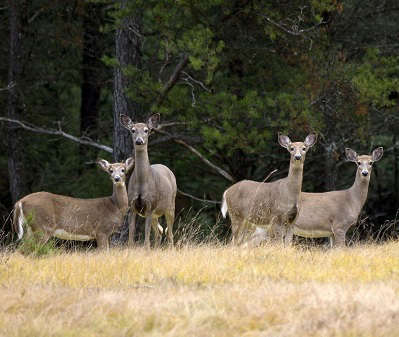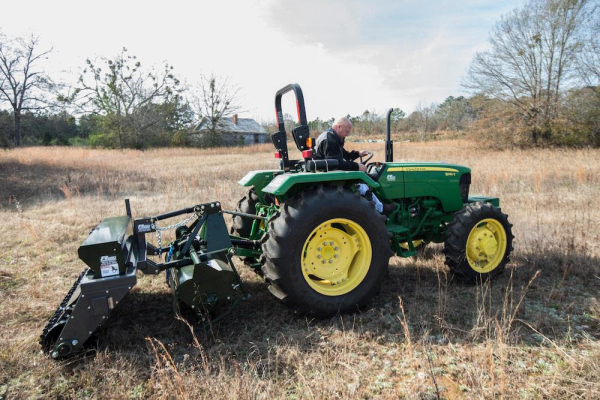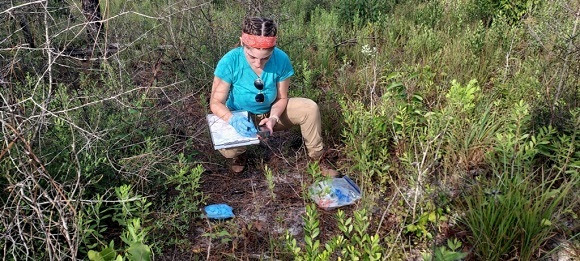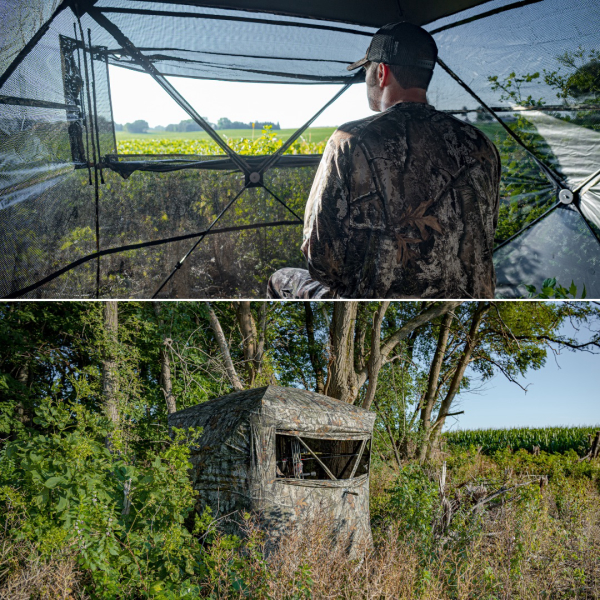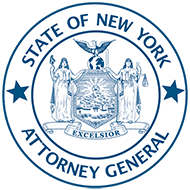Scotts Pleads Guilty in Tainted Bird Seed Case
Washington –The recent decision by Scotts Miracle-Gro Co. to plead guilty to charges of distributing insecticide-tainted bird seed highlights the need for continued monitoring of the safety of the nation’s bird seed supply, says American Bird Conservancy (ABC), the nation’s leading bird conservation organization. ABC is the only organization to have carried out independent, nationwide bird seed tests.
In April 2011, ABC announced the results of its independent bird seeding testing efforts that were undertaken as a result of sporadic wild bird seed contamination incidents. The study analyzed samples taken from four different supply sources across the country: Walmart, Home Depot, Lowes, and Target. Bird seed was randomly purchased from the stores and then shipped to the California Food Safety Laboratory at the University of California, Davis, where the detailed analyses were conducted. The studies specifically looked for harmful pesticides, such as organophosphate and carbamate insecticides.
“We found that all of the tested bird seed was either free from pesticides or that pesticides occurred at only trace levels that would not threaten bird health. For the safety of the billions of birds that are fed by millions of Americans at backyard feeders, and in the light of this recent case against Scotts, this is clearly an issue that requires greater public attention. ABC seeks additional funding for continuing, needed testing,” said George Fenwick, President of ABC.
According to court records, in 2008, Scotts distributed 73 million packages of birdseed coated with the insecticides Storcide II and Actellic 5E (containing the active ingredient chlorpyrifos and pirimiphos-methyl respectively), intended to keep insects from destroying the seed. They did this despite being alerted to toxicity dangers by a staff chemist and ornithologist. Storcide II is even labeled as “Toxic to birds. Toxic to wildlife,” and that “Exposed treated seed may be hazardous to birds.”
No such warning exists on the Actellic 5E label, however. The Environmental Protection Agency’s (EPA’s) own fact sheet on pirimiphos-mehtyl states that “Ecological risks are not of concern to the Agency.” Yet the same fact sheet also states “Although pirimphos-methyl is highly toxic to birds and fish, these risks are not of concern based on the use pattern of pirimiphos-methyl.” This would seem to indicate that the EPA did not anticipate this chemical to be used on anything intentionally fed to birds.
“EPA needs to amend the use label for Actellic 5E and any other pesticide containing the same active ingredient, pirimiphos-methyl, to agree with their own fact sheet, and ensure that no other birds are poisoned by seed dosed with this toxic chemical,” said George Fenwick, President of ABC. “This highlights a key problem that pesticide labels are written by the pesticide registrant, not EPA. In some cases, it would seem that EPA is not effectively checking that the labels encompass the agency’s responsibilities for birds.”
The plea agreement that will result in Scotts paying $4.5 million in fines must still be approved by the U.S. District Court for the Southern District of Ohio.
According to studies, one in five Americans engages in bird watching, spending a total of some $36 billion dollars annually on bird food, equipment, and travel.
The top five bird watching states by percentage of total population are: Montana (40%), Maine (39%), Vermont (38%), and Minnesota and Iowa (33% each). About 20 million birders travel away from home each year to see birds, making the activity an excellent source of tourism dollars. States with the highest percentages of out-of-state birders are: Wyoming (73%), Alaska (55%), Hawaii (51%), Montana (47%), Vermont (47%), and New Mexico(46%).
American Bird Conservancy (ABC) is a 501(c)(3) not-for-profit membership organization whose mission is to conserve native birds and their habitats throughout the Americas. ABC acts by safeguarding the rarest species, conserving and restoring habitats, and reducing threats, while building capacity in the bird conservation movement.



